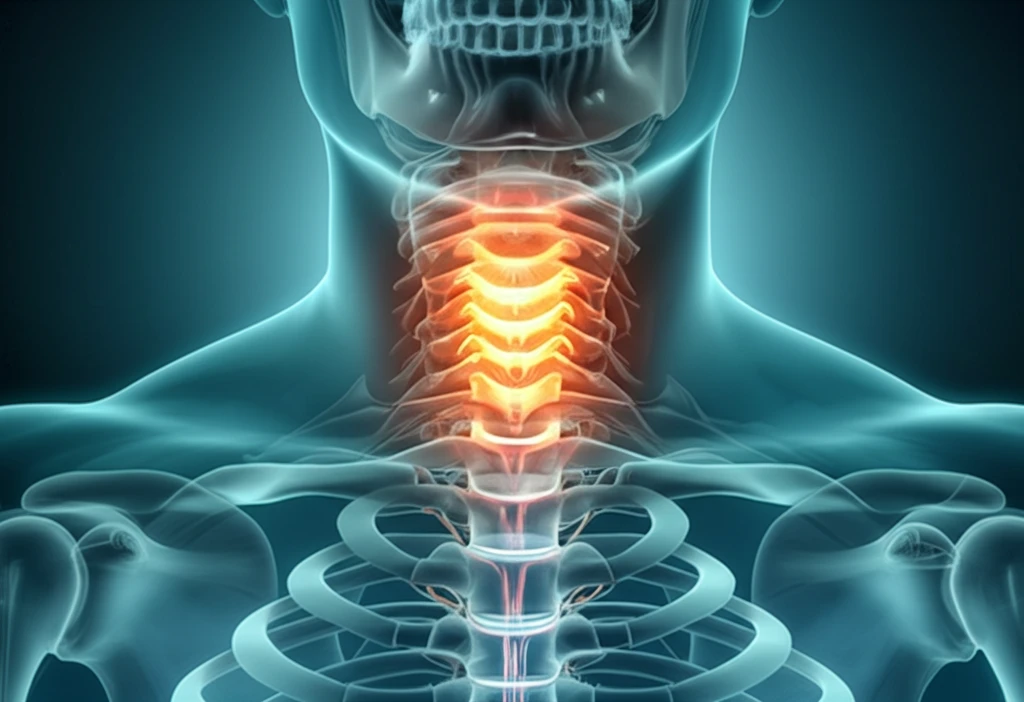
Is Your Neck Normal? Unveiling the Truth About C1 Stenosis and Your Spine
"Discover the surprisingly common variations in your upper cervical spine and what they mean for your health. Are you at risk?"
Have you ever wondered if that nagging neck pain or stiffness could be something more? The cervical spine, particularly the C1 vertebra (also known as the atlas), is a critical area often overlooked. Understanding its anatomy and potential issues like C1 stenosis is key to maintaining overall spinal health.
C1 stenosis refers to the narrowing of the spinal canal at the level of the atlas vertebra. This narrowing can put pressure on the spinal cord, potentially leading to various neurological symptoms. While some individuals may experience noticeable pain or discomfort, others might be completely unaware of the condition.
A recent study published in the European Journal of Orthopaedic Surgery & Traumatology sheds light on the variations in the C1 spinolaminar line and the prevalence of C1 stenosis in a normal population. This research helps us understand how common these variations are and what factors might contribute to the development of stenosis.
What Exactly is the C1 Spinolaminar Line and Why Does It Matter?

The C1 spinolaminar line is an anatomical reference point used in radiology to assess the alignment and space within the upper cervical spine. Imagine drawing a line from the C3 vertebra through C2 to the C1 lamina. The position of the C1 lamina relative to this line is crucial.
- Positive: The C1 lamina sits ventral (in front of) the C3-C2 line by 2mm. This suggests potential narrowing.
- Neutral: The C1 lamina aligns within 2mm of the C3-C2 line. This is considered normal alignment.
- Negative: The C1 lamina lies dorsal (behind) the C3-C2 line by 2mm, indicating more space than a positive alignment.
Taking Control of Your Cervical Spine Health
While the study indicates that variations in the C1 spinolaminar line are relatively common, it also emphasizes the importance of awareness. If you're experiencing persistent neck pain, stiffness, or neurological symptoms, it's essential to consult a healthcare professional. Early diagnosis and management can help prevent potential complications and ensure a healthy, pain-free future.
